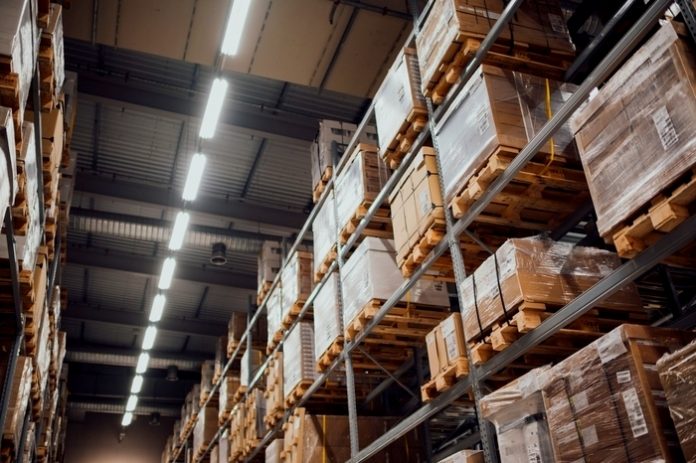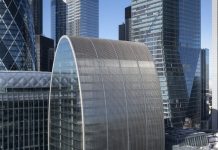London multi-let industrial property had a total return of 20.5% in the 12 months to end-April 2021, with UK-wide distribution warehouses returning over 18%, according to Gerald Eve’s latest In Brief bulletin.
Rolling quarterly All Property total return continued to rally and hit 2.6% in April, the strongest since February 2018. Yield compression was the main driver, with rents effectively stable at the All Property level.
Industrial property underpinned All Property total returns, with ‘frenetic’ investment activity driving average yields as low as 4.17% for London multi-let. Retail continued to make steady gains and rolling quarterly total return increased to 1.1%. However, this headline performance masks a two-speed sector, with retail warehouses’ total return improving every month for the past year to reach 2.9% in April, while shopping centres and high street returns remained constant at around -4% and -2.5%, respectively.
John Rodgers, partner and head of UK capital markets at Gerald Eve, said: “The scale of total returns in the industrial and logistics sector is largely due the weight of capital targeting the asset class, itself underpinned by the continuing strength of the occupational market. While ever-lower industrial yields set against stabilisation across other property sectors will ultimately impact on the capital targeting the sector, the investment story for industrial remains a compelling one.”
Rolling quarterly total returns for offices continued to effectively flatline around zero, although this sector has also seen diverging performances. London office assets with relatively longer income have held up, while riskier shorter income has skewed into negative territory. Strong investor appetite for UK life sciences also notably continued into Q2, with several key transactions.
With central London office take-up of 1.4 million sq ft in Q1 still less than half the five-year average – and workplace visits remaining muted, albeit on an upward trajectory – investors are still waiting for the sector to reveal itself.
Guy Freeman, partner at Gerald Eve, said: “With the majority of office employees still working remotely, both investors and occupiers are understandably seeking further clarity before making major commitments. There remains a ‘flight to quality’, with investors targeting prime assets that offer both long income and solid ESG credentials as a form of futureproofing. As more people return to the office – and the trend is moving in the right direction – we can expect to see more leases signed and transactions made as confidence increases.”
Above-expectations GDP in March and an upward revision to the forecast for 2021 GDP growth to 7.5% has impacted on Gerald Eve’s own predictions for property returns. The firm now forecasts an All Property total return of 9.4% in 2021, slipping to 6.9% in 2022, underpinned by ongoing strength in the industrial market and the stabilisation of the retail and leisure sectors later in 2021.
John Rodgers added: “The economic rebound the UK is seeing, way beyond the forecasts of even six months ago, mean that unemployment now looks set to peak at a much lower level than previously anticipated, and with a fair wind GDP will be at pre-pandemic levels by the end of the year. This is obviously hugely positive for all real estate sectors but will continue to hide disparities between the asset classes that are well-placed to capitalise on the recovery, and those which will require more time, more asset management and, potentially, repurposing or redevelopment.”




















